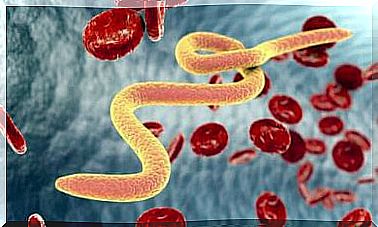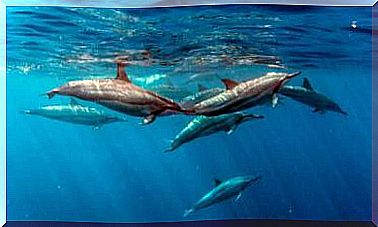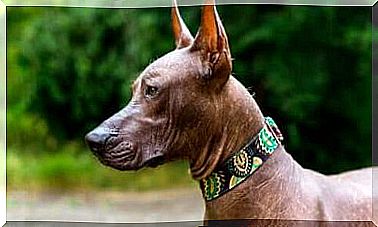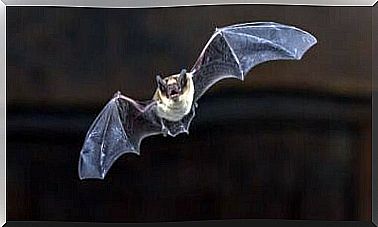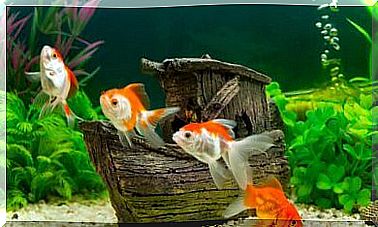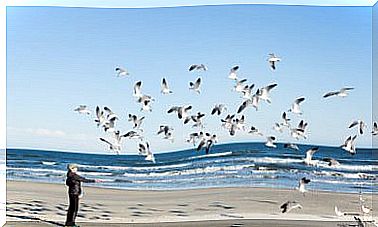Emperor Penguin And His Hard Journey
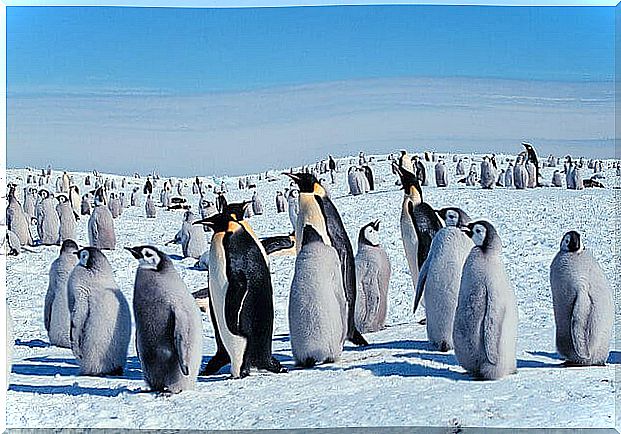
The penguin, whose name comes from the Spheniscidae family , is a species of non-flying seabird whose habitat generally extends across the southern hemisphere. The Emperor Penguin is the largest species of penguins and one that receives the most media attention.
Life in the toughest place on Earth
What if you lived on the coldest continent on the planet? Extreme temperatures can be below -50 °C in winter. Antarctica is considered one of the most inhospitable places on Earth. The Emperor Penguin, fortunately, managed to cope with the circumstances thanks to psychological adaptation techniques and collaborative behaviors.
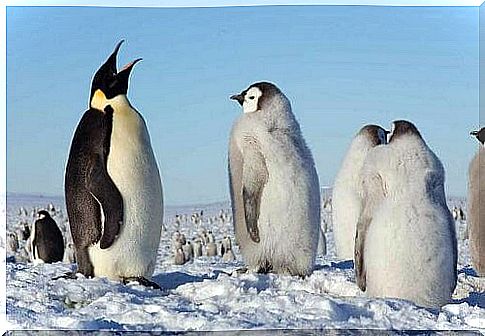
This species forms large colonies and creates a community, where it reproduces and keeps each other warm. To keep the heat in, they create a rotation system in which individuals change position in turns.
This way, the penguin that is more exposed can change position and warm up in the center of the circle. When they warm up, penguins give up their positions for others to warm up. To interact with each other, they use a series of vocal sounds that are still being studied by the scientific community.
The Emperor Penguin’s Selfless Parenthood
Emperor Penguin spends most of its life on the ice of Antarctica. During the harsh winter, he spends his days outdoors, which he uses to reproduce. The female’s role is limited to laying the egg, which will be left for the male to heat.
So, the mother begins an arduous and difficult journey to obtain the necessary food to support her family. It can travel up to 80 kilometers and, once in the open sea, it will hunt fish, squid and krill. At sea, it can submerge up to 550 meters deep and remain without ascending to the surface for 20 minutes.
The penguin is a monogamous species, having only one partner during its lifetime, to whom it will be faithful and will generate descendants . Interestingly, the pair dynamics of this species positions the female as a hunter. The male, in turn, will patiently wait for the offspring. First heating the egg and then raising the chick.
For two months, the male will not eat and will depend completely on his partner. The female returns with a full stomach to exclusively feed the young. It will then be when the male will be able to return to the sea to get food.
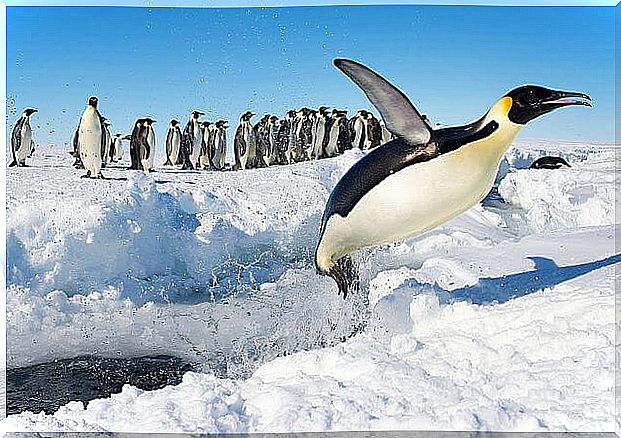
Emperor Penguin and climate change
In early 2017, thousands of baby Adelie penguin specimens died due to climate change. These birds, located in East Antarctica, have the same feeding and breeding habits as the emperor penguin.
The journal Nature Climate Change published a study that predicted a drastic reduction in the emperor penguin population. Before the end of the century, two-thirds of the species’ colonies will suffer a loss of more than 50%.
But what is behind these catastrophic data? According to the Woods Hole Oceanographic Institution (WHOI), the Emperor Penguin and the Adelie Penguin depend on the thickness of sea ice.
The climate models of the Intergovernmental Panel on Climate Change, IPCC, predict alarming data. Any change in the ice, however small, can be catastrophic: the greater the thickness, the farther the females will have to travel to get food. In that case, there is a risk that the tragedy of the Adelie Penguins will happen again and that thousands of offspring will starve to death.
Otherwise, a thinner layer of ice can kill the krill habitat, one of the mainstays of the Emperor Penguin diet.
What do countries and NGOs think?
Because of all these facts, the NGO World Wildlife Fund (WWF) called for the creation of a marine protected area in East Antarctica. The reason for the request is because of the krill fishing in the region, which further reduces the penguins’ food resources.
Although Australia and the European Union have insisted for eight years, this area does not yet exist. Once again, temperature change threatens to wipe out our planet’s rich biodiversity and the hard work the Emperor Penguin has to keep alive.
Image source: Fallschirmjäger, Hannes Grobe / AWI and Christopher Michel
